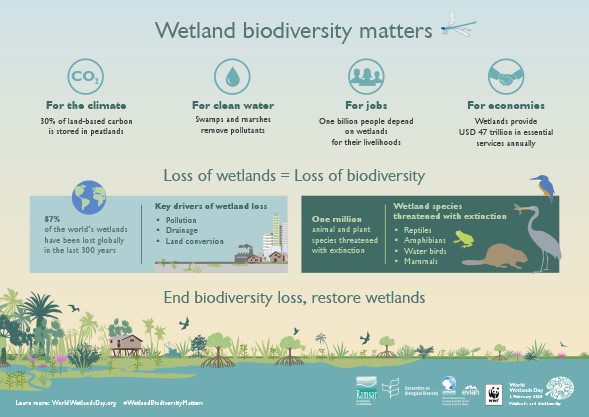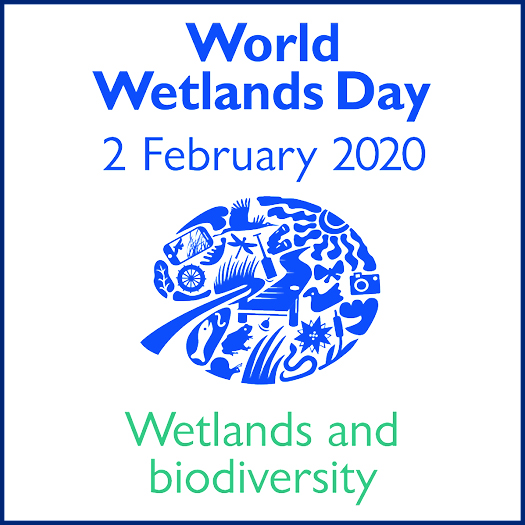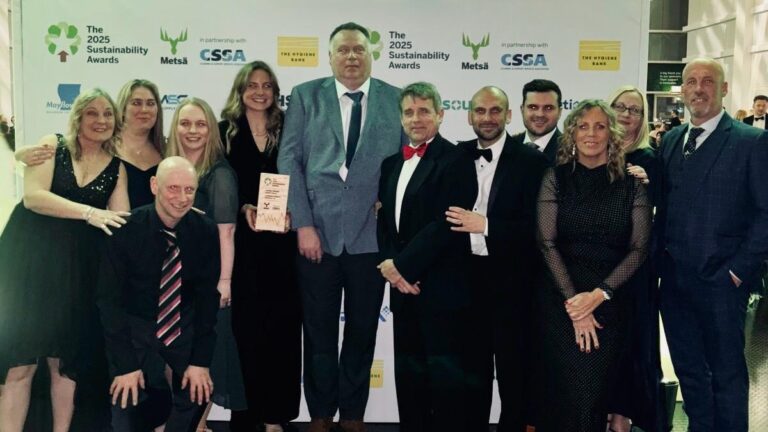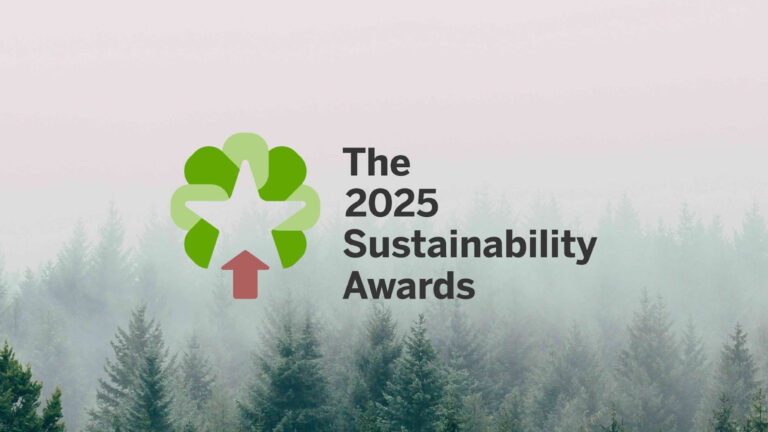Today is World Wetlands Day, providing an opportunity for us to celebrate some of the fantastic wetlands that come under our stewardship on the Defence Training Estate, as Sustainability Manager, Amanda Williams, explains.

“World Wetlands Day aims to raise awareness annually about the vital role wetlands play for the environment. The date marks the anniversary of the adoption of the Convention on Wetlands, which was signed in 1971 in the Iranian City of Ramsar, and provided the framework for identifying Ramsar sites or wetlands of international importance. Landmarc is responsible for looking after parts of a number of Ramsar sites across the UK as well as numerous other wetland habitats.
“Wetlands are areas of land that are saturated or flooded with water either permanently or seasonally. They include marshes, fens, floodplains and swamps, saltwater marshes, estuaries, mangroves, and lagoons. They are rich in biodiversity, providing habitat for a dense variety of plants and animals, but latest estimates show wetlands are disappearing faster than forests.
“So it is particularly appropriate that the theme of this year’s World Wetlands Day is celebrating wetland biodiversity. It provides an opportunity to highlight the importance of wetland biodiversity and what can be done to protect it, as well as to celebrate some of the wonderful wetlands across our Estate.
Wetlands & the Defence Training Estate
“Several sites on the Defence Training Estate are located in or partially overlap with wetlands that are recognised as having international importance and there are examples in all of six operating regions.
“Donna Nook Air Weapons Range, is part of the Humber Estuary Ramsar site, which has a large tidal range exposing vast mud and sand flats at low tide. Vegetation includes extensive reedbeds, areas of mature and developing saltmarsh, backed by grazing marsh or low sand dunes with marshy slacks and brackish pools. The area supports internationally important numbers of various breeding and wintering water birds. Many passage birds, including internationally important populations of ringed plover and sanderling stage in the area, and the site supports Britain’s most southeasterly breeding colony of grey seal.
| Region | Training Estate Location | Ramsar Site |
| South West | Bovington
Lulworth |
Dorset Heathlands |
| Chickerell
Wyke Regis |
Chesil & The Fleet | |
| South East | Thursley, Hankley & Frensham Commons | Thursley & Ockley Bog |
| Lydd Ranges | Dungeness, Romney Marsh, and Rye Bay | |
| Tipner Rifle Range | Portsmouth Harbour | |
| Wales & West | Sealand Ranges | Dee Estuary |
| Rogiet Moor | Severn Estuary | |
| East | Donna Nook | Humber Estuary |
| Fingringhoe | Colne Estuary | |
| Holbeach
Wainfleet |
The Wash | |
| North | RAF Spadeadam | Irthinghead Mires, part of Spadeadam Mires SSSI |
| Scotland & NI | Barry Budden | Firth of Tay & Eden |
| Fort George | Inner Moray Firth | |
| Kirkudbright | Galloway Forest/Silver Flowe | |
| Tain | Dornoch Firth & Loch Fleet |
“Another great example is Tain Air Weapons Range which lies in the Dornoch Firth and Loch Fleet Ramsar site, a large complex estuary adjacent to a shallow, bar-built estuary. Extensive sandflats and mudflats are backed by saltmarsh and sand dunes with transitions to alder woodland. This area supports a number of nationally scarce aquatic plants and threatened British invertebrates. Over the winter it provides habitat for Greylag Goose, the Eurasian Wigeon, and Bar-Tailed Godwit.
Why do wetlands matter?
“Wetlands help create the conditions for life, meaning they have an important role for both people and planet. Around 40% of all wildlife species live or breed in wetlands and they play a crucial role in water supply as they absorb and store water, and help remove pollutants. They can also have a role to play in storm protection, provide food (rice, fish, seaweed), store carbon, and provide opportunities for both work and leisure activities.
“For example, Sealand Ranges is located on the edge of the Dee Estuary Ramsar site, which is one of the top ten estuaries in the UK for wintering and passage of waterfowl populations and straddles both England and Wales. The estuary supports internationally important numbers of waterfowl and waders but also plays an important role in shoreline stabilisation, dissipation of erosive forces, sediment trapping and water supply.
Threats to wetlands
“There are many threats to the world’s wetlands, including habitat loss and drainage for agricultural, residential and commercial growth, invasive species, over fishing, poor water quality, pollutants in run-off, and industrial scale peat-cutting. In fact, the Wildlife Trusts say one of the most important things individuals can do to help wetlands is to only buy peat-free products for their garden, and avoid buying plants grown in peat.
Protecting our wetlands
“Some of the best ways to protect our wetlands include controlling potential pollution at source, using scarce water resources wisely, and moving towards water- and wildlife-friendly agriculture, which introduces fewer pesticides and nitrates to water. Peatland and wetland restoration projects also have an important role to play.
“A great example of wetland restoration at one of our sites is the programme of pond management and restoration at Yardley Chase in the East Region. Here scrub has been removed from around ponds and over shading has been reduced. Good progress has been made with bunker pond condition since the restoration programme began in 2016 and monitoring of freshwater invertebrate diversity has recorded rapid improvement in water quality.
“Our teams often play a part in protecting wildlife in these areas. Chesil Beach & The Fleet Ramsar site is internationally important for wintering ducks, geese, and swans and nationally important for breeding birds including the Little Tern. Landmarc staff at Wyke Regis Training Area support the Chesil Beach Little Tern Recovery Project, helping to secure a safe future for this important seabird colony. They do this by feeding breeding kestrels that have established a territory in the workshops at Wyke Regis to prevent the young birds from predating little tern chicks.
“There are numerous examples of works to protect and restore wetland habitats across the training estate, and World Wetlands Day provides us with an opportunity to remember just what a wonderfully diverse estate we help to manage, as well as reminding us that we all have a role to play in protecting our natural environment for future generations.”




